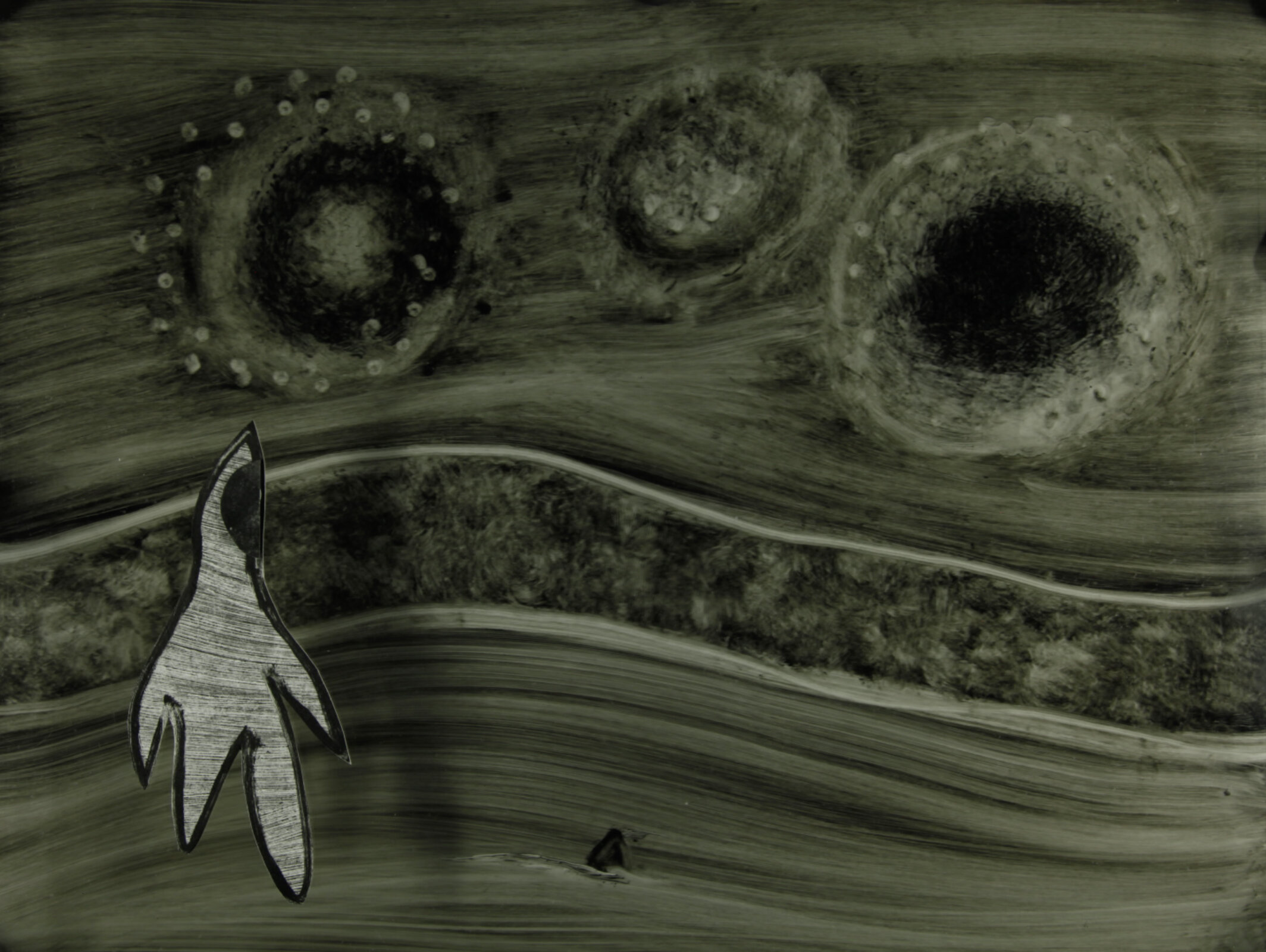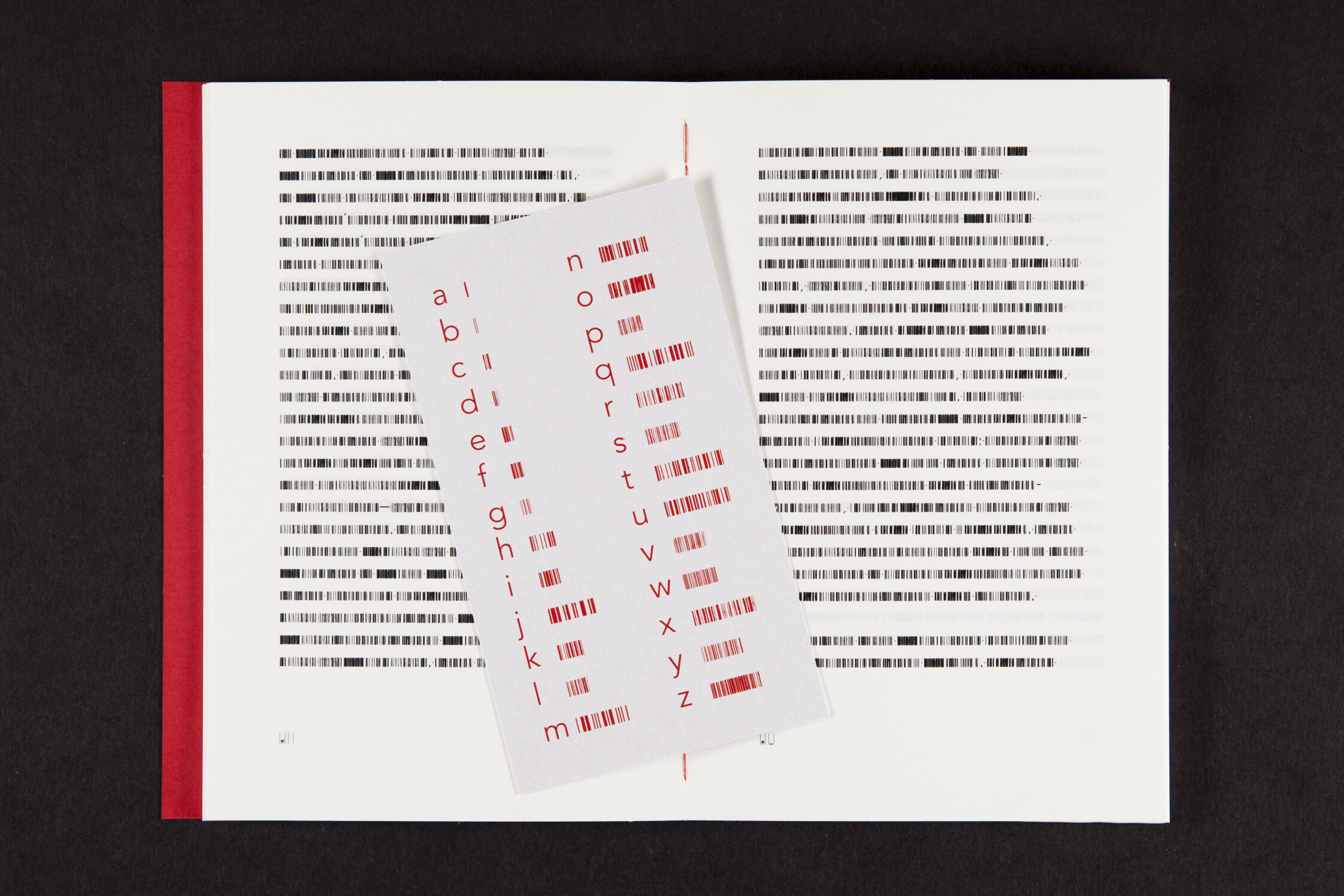The Bridge of Arts: Laura Kuramysova
Courtesy by artist Laura Kuramysova
In June 2021 The International Art Development Association together with The Embassy of France in Kazakhstan announced an open competition for a scholarship program for all undergraduates with Kazakhstani citizenship studying fine arts and applied arts in France. We are pleased to announce the winner of the competition, Laura Kuramysova, who shared her impressions of studying in France and talked about her projects.
About studying in France
I have been studying in France since graduating high school, where I finished two bachelors and now I'm doing a master’s program. At the very beginning, I realized that my artistic practice differs from the European approach. I studied at the art lyceum in Aktobe, it was a very good start, but in France, it looked like academic art, it was not relevant for them. The most suitable option was to do a foundation year program, after that, I easily passed the exam and entered the studies.
There is a large gap between art education in Kazakhstan and Europe, my academic skills were rather a disadvantage during the admission. In Kazakhstan, I created traditional portraits and landscapes, painted a lot with oils. For Europeans, it’s important what you think while creating the project, you can make a work that may not be visually attractive, but the way you present it, perhaps, is the most important thing.
In Metz, I chose to study communication. All my teachers and mentors said that there is a fine line between art and communication in my practice. I combine these two directions. Although our main program is graphic design, our teachers often say that they want us to graduate not only as graphic designers but more as authors, expanding the boundaries of our profession.
French culture
My fascination with French culture came in high school and when I started to study in France I fell in love with many French artists. Among the names who influenced me were Éric Rondepierre, Yves Chaudouët, Claire Morel, and German artist Irma Blank. I am very inspired by the questions they raise and the mediums they use. I am interested in graphic design, which takes on shape with drawing practice. I am also inspired by the studios that use these two forms for their communication, for example, the Formes Vives and the Super Terrain.
Every half a year we present a small exhibition. For our teachers and instructors, it is very important that we present projects from the moment when an idea emerges to the final stage, meaning how exactly did we come to the idea, what were the references. References are very important for our projects, we cannot have an idea and say that this is a completely unique concept. My studies greatly influenced my vision of the fine line between art and design. In fact, all my projects are a way of communication between me and the viewer, I don’t want to separate my practice and say that I only do graphic design or art projects. In my understanding, these practices are always in interaction.
Diploma project
At the moment I am in my last year of studies and working on my diploma project. I am writing my master's thesis on the Kazakh language and alphabet. Language research is present in many of my projects. In one century three alphabets were used in Kazakhstan - Arabic, Cyrillic, and Latin. Last year I was in the national library in Astana and found a book about posters of Kazakhstani cinema. It gave me a great impetus to do research, and I focused on the change of iconography, by showing the evolution of graphic practices since the emergence of cinematography in the country. The final project will be presented in the form of a book for which I will write a research text, create a design and visual narrative.
About the “Bridge of Arts” scholarship
In previous years, I have looked for scholarships for international students in France, there were many, but often they were aimed either at European citizens or technical disciplines. After a long search, I realized that it was unlikely to find anything worthwhile for students studying arts. This year, just before the deadline, my friend, who is also studying in France, sent me a link to the "Bridge of Arts" program. Honestly, at first, I didn't even believe it because I thought it’s impossible, but then decided to try it anyway. I studied the program, looked through the IADA platform, and put together the required documents in a very short time. I think this is a very important opportunity for Kazakhstani citizens who are planning or already studying art in France. Receiving a grant from this program was an unexpected joy for me.
Recommendations for applicants
The journey that I took to get the present experience was long, but I do not regret it. The only thing that I would change is starting to learn French much earlier. Based on my experience, I’d advise coming with a B2 level, if you decide to study in France. The most important thing is not to be afraid and move towards your goal, then you will meet many obstacles, but also a lot of opportunities. For everyone who decided to study art in France, I will give a little advice that was given to me when I first arrived. Start your training in higher education schools, as there is very little practice in universities and a lot of theory, and in specialized schools, you will get practice and, most importantly, freedom. At the very beginning, this freedom can make you dizzy and scared, but eventually, it will give a huge boost to the development of your creative path.
Selected projects: Des papiers
It started when our school in Strasbourg was invited to participate in a project that was organized with the Visions d'Exil Festival in Paris. Teachers chose 4 students, including me. In Paris, we worked with an organization that supports immigrant artists. We have developed two exhibitions and two performances at the National Museum of Immigration History and Cité internationale des arts Montmartre - Villa Radet. Held a study of the archive of immigrants starting from the 1930s from the French Office for the Protection of Refugees and Stateless Persons. Using an algorithm developed by computer programmers from our school, we created certificates that were issued to visitors who came to see the exhibition. We also translated the certificates into several languages, I translated them into Kazakh and Russian.
Extraterrestre
Courtesy by artist Laura Kuramysova
This is an animation with characters and objects made using the stop motion technique with monotyping. When I studied in Metz we had a conference about engraving with Sophie Lécuyer - a French artist who presented a short film “Flore” and explained the process of its creation. In Metz I did a lot of engraving, monotyping, and etching. In this project, I wanted to make an animation linked to my engraving practice and started sketching landscape backgrounds. At that moment I was very inspired by the work of Monica Carocci, which was exhibited at the National Gallery in Rome.
In the engraving studio at school I made my first landscape sheets using monotyping. I experimented with overlays, transparency and drew small sketches for a potential one-character story. Extraterrestre is an action story that takes place beyond Earth where we observe a small alien creature that discovers a new appearance on their planet. There are plans to create several small chapters about the adventures of this character, that can be related to each other or exist separately. For the musical accompaniment, I connected several electroacoustic works for the possibility of immersion in the narrative. The reference, which helped me in this process, is the animation “Astigmatismo” by Nicolai Troshinsky where he used several layers to play with depth. As a result, it is quite experimental animation that gains momentum as it is being created.
Barcode
Courtesy by artist Laura Kuramysova
The Barcode project is based on the idea of language reappropriation and invention. This project was born when I started scanning cards in my wallet and found that the most interesting and important thing on these cards is barcodes because they contain all our information. I have created an algorithm that is based on graphic encryption of the alphabet. The font contains 54 characters with letters, punctuation, and numbers. Using this algorithm, I rewrote the first chapter of the Marguerite Duras essay on slightly transparent paper to show the pattern created by the overlaying text. I also printed a bookmark with my alphabet decoder so that the reader can decrypt it. I really love the various codes and instructions. This project also continues the idea of another work in which I used the Kazakh word for blue written in several alphabets as a pattern, to trace its evolution in the Kazakh language through the archives of my family.
How to do things? (or not)
Courtesy by artist Laura Kuramysova
How to do things? (or not) is a humorous and absurd guide that shows you how to do everyday things in unusual ways. Every action is depicted in several poses and accompanied by photographs and small explanatory text that I wrote. This little text is also a variation of an action that adds an absurd layer and brings in a bit of poetry. To take photos I collaborated with my friends. Most poses were agreed upon in advance, the rest were created by people taking these poses, some I expected, others were completely unpredictable. At that time I was inspired by Miranda July's “How to make a button” video where she shows how to create buttons in a very ridiculous and unimaginable way.
This project is a guidebook. My research began by examining different forms of guidebooks, and I asked myself the question: how to make people learn something from them? At first, I wanted to make a travel guide for children with illustrations, like Miroslav Šašek. I made several short attempts to illustrate a guide to dreams and their meanings, then I discovered the work of Bruno Munari - a series of photographs where he is looking for comfortable positions on an uncomfortable chair. After that, I realized that I want to give my guidebook a more humorous direction rather than practical.
Courtesy by artist Laura Kuramysova
The name “hour city” is a wordplay that can be interpreted as “our city ” or as “clock city”. The game was created in collaboration with my classmate Jungeun Choi as part of the graphic design course in Strasbourg school. The hour city website is presented as a series of 24 games depicting what a normal day can look like. Each game is only available for one hour. For example, the game “3 pm” is only available from 3 to 3:59 pm, the access to the game will be closed until the next day. In this work, we were interested in the concept of time, which takes place during gameplay. We researched games that develop the idea of time and thought about creating a productive game like the Forest app where you plant trees whenever you start working.
We left the idea of productivity and added the concept of temporality, that’s how we found a video game MIT Game Lab "A slower speed of light" that demonstrates the effect of special relativity. During our research, we decided to create a game, the purpose of which is to change the perception of time, to speed it up or slow it down. “Hour city” was created last year when we were in strict quarantine. We decided to put these games in a window frame that shows us the house from the inside and outside.
Many of my works have been supported by tremendous help from my teachers, mentors, and friends. I would like to thank them a lot.






